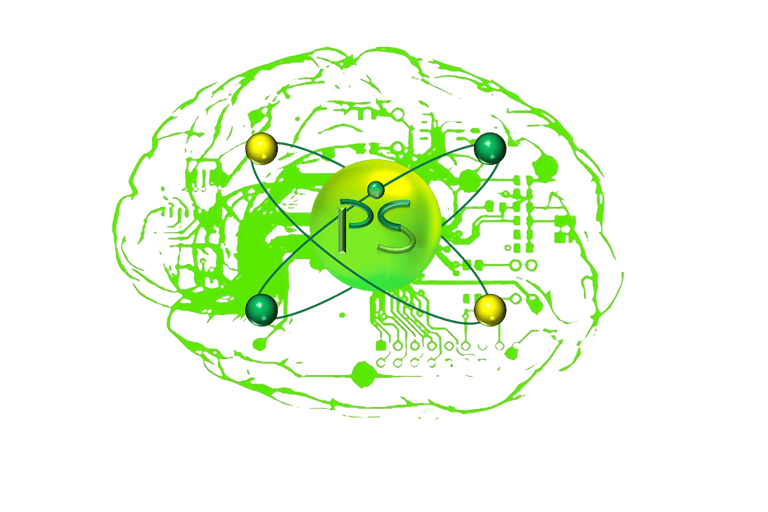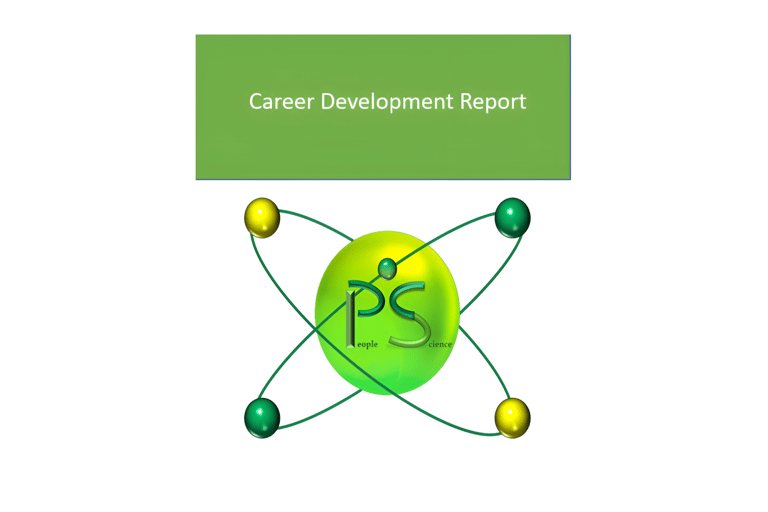Assessment Centre - An insider view
Step by step guidance, and what to expect, from simple graduate selection centres to a full-day senior executive assessment centre. Understand what goes on in one of the more demanding testing environments - think scaled down special forces selection - but corporate and with much less danger.
INSIDER VIEW
Dr. David Stritch
2/23/202515 min read
I have seen a number of people attend an assessment centre with the expectation that it's "more training, so kick back and enjoy", and they get quite an unpleasant surprise when instead they're faced with something like a particularly intense episode of "Shark Tank", "Dragon's Den", or "The Apprentice" - or more accurately a blend of Fear Factor & the Krypton Factor (if you're not an oldy - look em up if you've not seen them, they're fairly legendary TV shows).
They are very difficult to manage, require minute-critical timing, complex logistics, coordinating and callibrating assessor results on the run, and dealing with up to 32 candidates simultaneously, all rotating through a range of activities and challenges in an 8-hour period. It can be quite a stretch! Having run many of them, and also participated as a candidate, I can say that the experience and challenge of the assessment centre is pretty unique.
Introduction
It's all about competencies when battling an assessment centre. And it is a bit of a battle. Unfortunately they're designed that way. But that comes as a consequence of needing to exact the highest standards, and in the fairest way, when assessing people in high stakes situations such as promotion, selection, succession planning etc. Although some people argue that we're moving away from competencies towards a more skills-based approach to talent and leadership definition and development, I think this argumnet may be largely semantic, because competencies already include skills, as well as knowkledge, attributes, and abilities, and can be deviously complex and intricate in their combinations and permutations, so remain useful in helping to define, predict and measure important work characteristics and behaviours.
So, as I was saying, it's all about competencies when battling an assessment centre. As mentioned, competencies are combinations of knowledge, skills, and attributes/abilities (KSAs) which are built out into larger skills and competency clusters. These clusters then make up a framework which attempts to define and ultimately measure broad organisational and work factors such as: leadehsip or sales potential, administrative capability, strategic vision, project management and so on.
So for example, from the 8 competency clusters listed below there are between 5 - 7 competencies for each cluster and these are the competencies you are likely to be assessed against - usually 6 - 8 competencies overall with one or two selected from each cluster.
Competencies
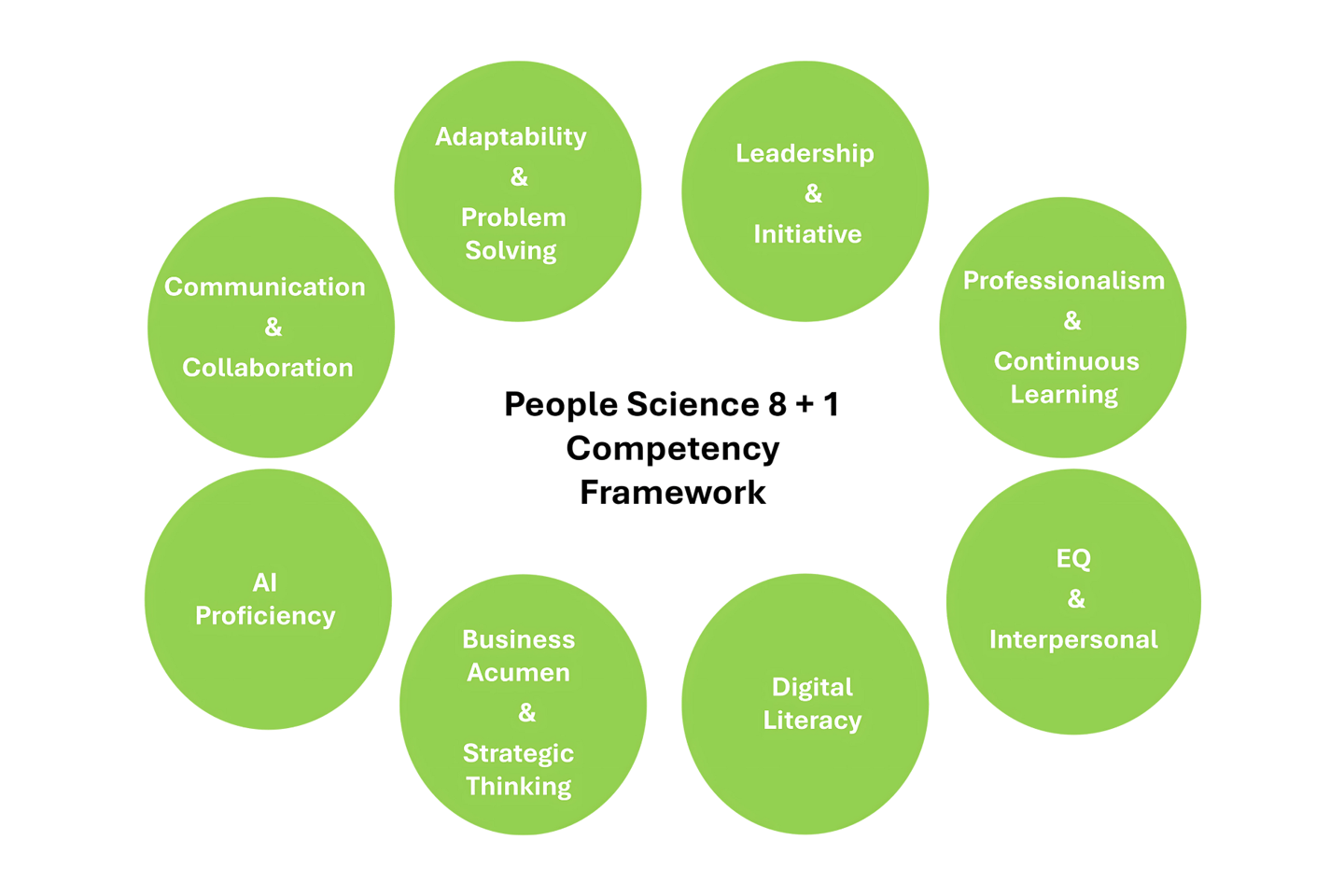

So let's say 8 competencies have been selected to assess middle managers at a mid- to large-size company with one competency selected from each cluster. The choice of competencies for Communication & Collaboration would include the following:
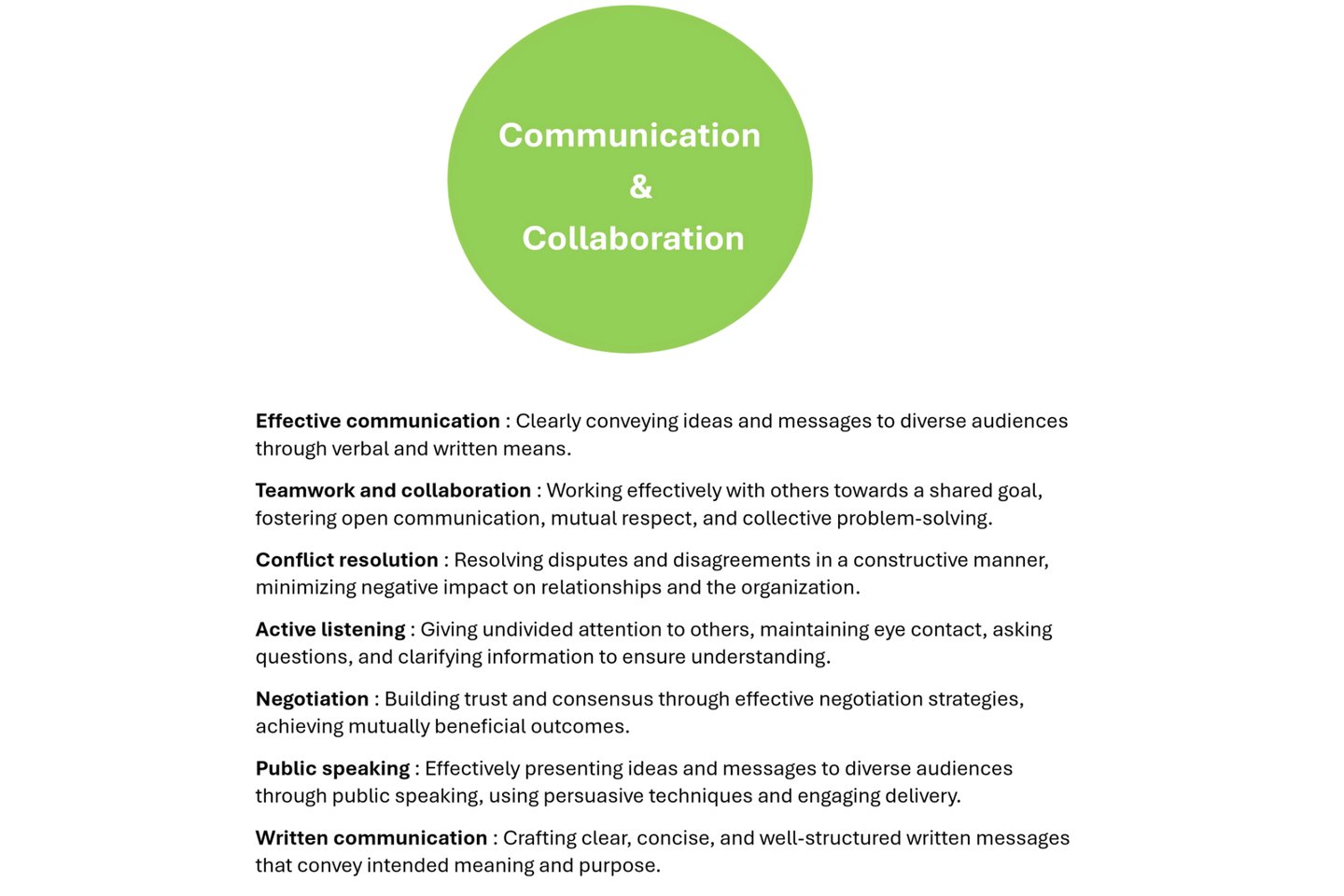

Having selected one of these competencies the job profiler will select more from the other clusters until they have the final eight competencies. Now every assessment and selection decision will be based on how well candidates meet these competencies and their associated behavioural definitions and rating scales.
The rating scales for some competencies are shown below.


The Assessment Centre


The purpose of the Assessment Centre then, is to provide a series of activities and scenarios so you can be assessed against most or all of the competencies under evaluation (e.g. the eight competencies).
Also as indicated, there are a list of behaviours associated with each competency, and to do well on those competencies, you must strongly and convincingly demonstrate those behaviours.
Pre-Work / Pre-Reading
You may be emailed some pre-reading which provides a brief overview of the day along with some preliminary information about the scenarios you might face or details on a fictitious company that is represented within activities on the day. Read this information carefully and bring it with you to the assessment centre (paper only).
The Breakout Room or Area
This is home base for the morning, afternoon or full day's duration of your Assessment Centre. You can store your belongings here (including pre-reading documents). Morning Tea (Half-Day) and Lunch (Full Day) wll be served here and the day's orientation is usually held here too (e.g. housekeeping, safety, breaks, conveniences etc). In the case of graduate assessment centres the client organisation may have representatitves in attendance in the breakout area to respond to questions about the company.
Intray Exercise
The day usually kicks off with an 'Intray' exercise at an appropriate level for the group of individuals being assessed - usually graduate, management or executive levels, although graduates may sometimes have a group activity instead. The Intray exercise can be software-based or pencil and paper, and usually involves working through a fairly significant amount of 'paperwork' which describes business issues like sales figures, tactical & strategic information, current client communications, internal correspondence from colleagues, direct reports and senior leaders etc.
Participants are presented with this information and issues to deal with through a variety of formats:
Emails
Video messages
Voicemails
Calendar items
Documents
Organisation charts
More commonly these activities are now facilitated in the form of a simulated online desktop, where participants can be asked to respond to emails, write documents or reports and schedule meetings in their calendar. These exercises also incorporate multimedia formats (video and voicemails), further adding to realism and participant engagement.
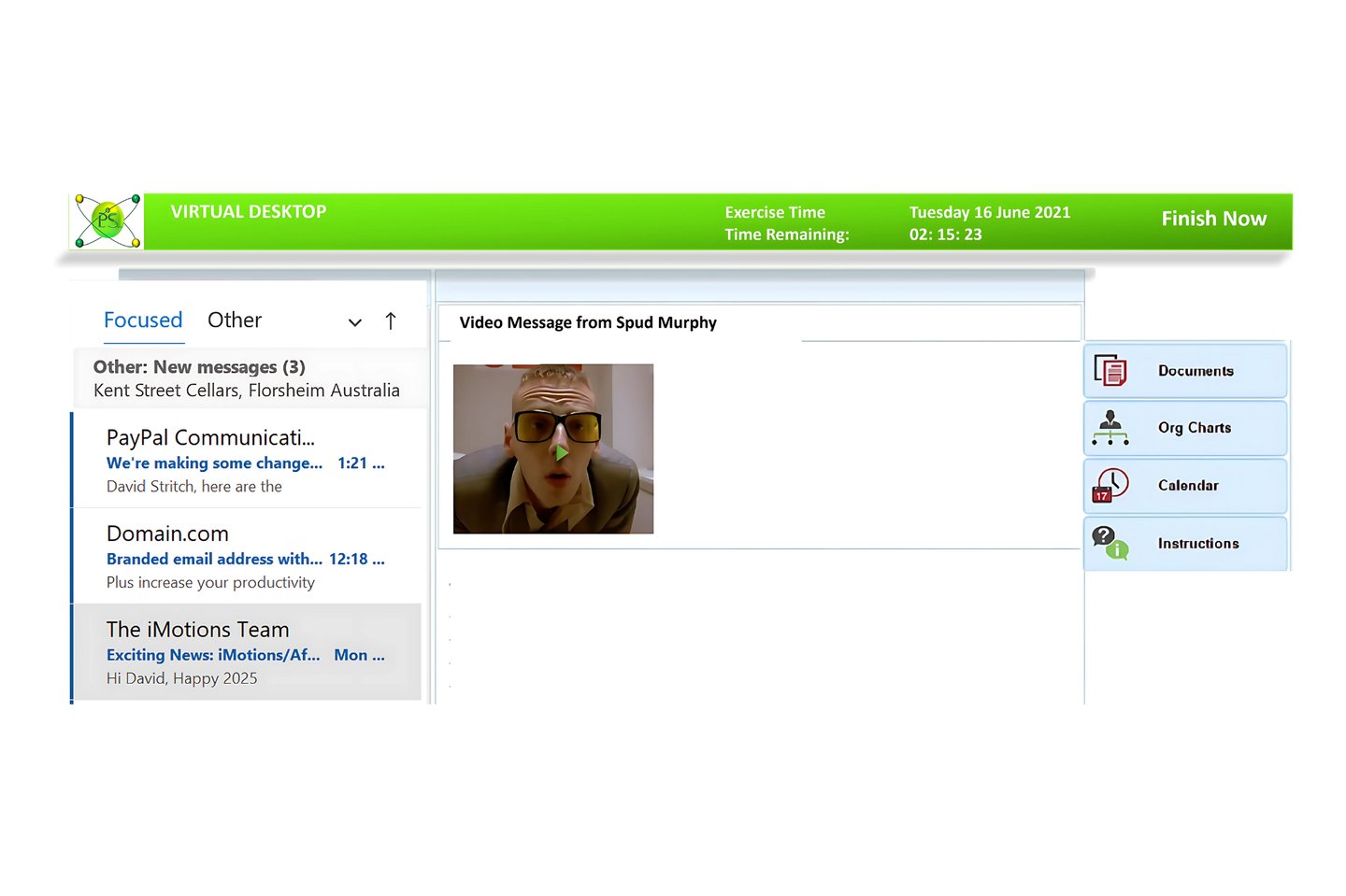

So, candidates are required to read through a number of documents, view videos, emails and attachments and start to pull disparate information into a more cohesive structure. Often candidates have received other information prior to the assessment centre, which complements the Intray information.
What assessors are looking for:
First and foremost Intray activities provide an excellent way to assess planning and organising - at least a third of your score on this activity will come from just your capacity to organise the information you have into themes or meaningful issues/initiatives, with another third coming from your ability to plan - usually being able to asign low, medium and high priority to the issues/initiatives you are organising.
More complex competencies like decision making, troubleshooting, and problem solving are also likely to be assessed but with only preliminary (not final) decisions or recommendations required.
Being able to hit the ground running and process a large amount of information. The information here is likely to come up again, usually in combination with complementary new information in later role plays or strategic presentations.
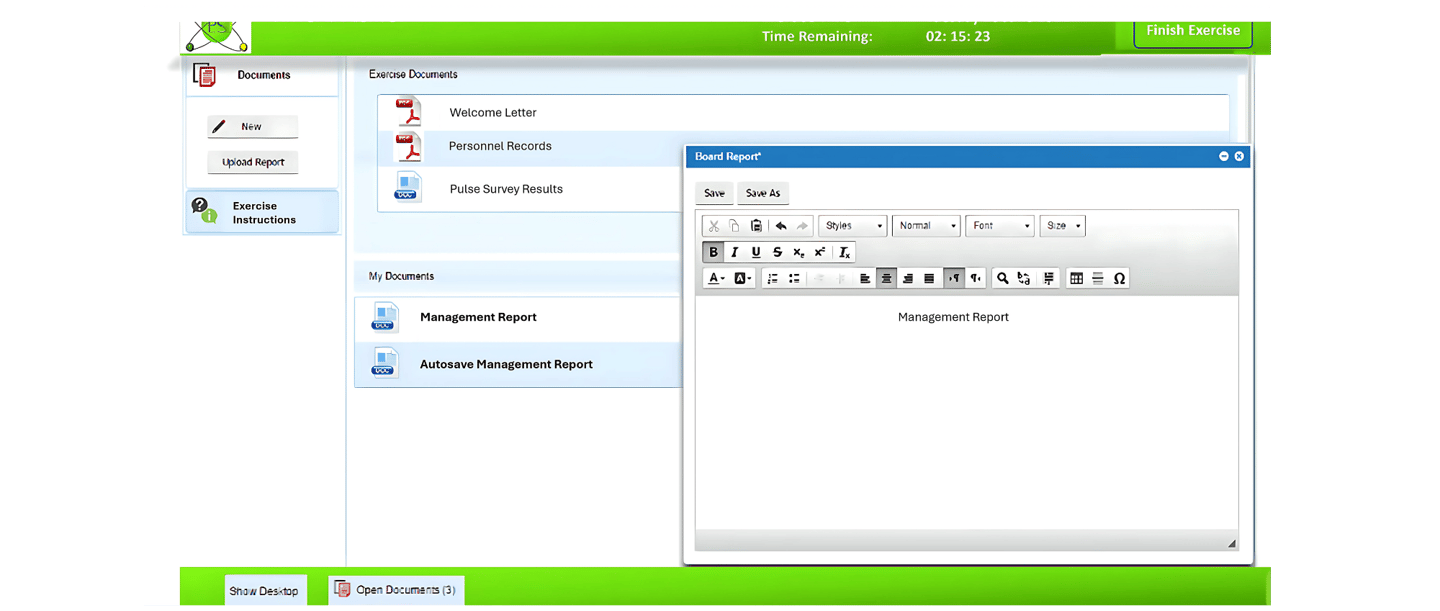

Your final submission for an Intray exercise is likely therefore to include:
Prioritisation and description of key issues and elimination of frivolous issues
Early recommendations on how to proceed with these issues
Next steps and follow ups - usually you nominate meetings with other 'peers', 'direct reports', and 'your manager' to review and further discuss themes you've identified during the 'Intray' exercise
OK, so if you're getting ready for a real assessment centre you should now head over to our Interview Preparation section and check it out before coming back here - because the preparation needed is fairly deep.
Behavioural & Motivational Interview
If you've had any luck identifying the competencies you will face at the assessment centre you should prepare for a corresponding number of interview questions based on these competencies (ask the HR or hiring team what the competencies are if you're not sure). There's an example illustrated above for the competency 'Communication & Collaboration'.
Accordingly develop 6 to 8 STAR or CAR examples which align with the competency areas. See our Interview Deep Dive for more information on STAR and CAR.
Behavioural interviews are nearly always included as part of the activity roster for an Assessment Centre and they are a good way for the lead assessor to balance the timetable: by having half of the candidates at interviews, while the other half complete psychometric tests, for example.


As with the other activities, behavioural interviews are conducted by a roster of Assessors who will all ask the same questions during the interview so that everyone has the same opportunity to shine.
It is best practice for each candidate to have a variety of assessors evaluate them throughout the assessment centre, so if you have one Assessor conduct an interview with you, then another Assessor should facilitate a roleplay, strategic or sales presentation etc.
Communication & Collaboration Questions
·What are some instances where you effectively communicated with others and how did you handle any challenges or disagreements?
·Can you think of a time when you worked well with others to achieve a common goal - what was your role in that effort?
·Are there specific situations where you felt challenged or ineffective in communicating with others and how did you handle those situations?
·Can you recall a time when you struggled to work effectively with others, and what were some of the challenges, and how did you overcome them?
What assessors are looking for:
Analysing the first example question above:
Communication & Collaboration
What are some instances where you effectively communicated with others, and how did you handle any challenges or disagreements?
Competency: Effective Communication
Action:
Craft STAR or CAR behavioural interview examples which are within the context of the question asked and which demonstrate the behaviours expected for successful performance in that role. Some example behaviours are outlined below.
First part of the question:
What are some instances where you effectively communicated with others?
From the behaviours below we can identify three behaviours from the "effective communication" competency which map onto this question:
Speaks clearly and concisely, using simple language to convey complex ideas
Uses active listening skills to ensure understanding before responding - to really understand someone, you need to listen to them to appreciate their perspective
Clarifies expectations and requirements through open and transparent communication
So for the CAR or STAR examples you give, make sure these behaviours are articulated, or can be inferred, from your answer to this part of the quetion
Second part of the question:
How did you handle any challenges or disagreements?
Again, following a similar process - reviewing the behaviours below we can identify the following competencies:
Uses active listening skills to ensure understanding before responding - to ensure clear understanding of issues or challenges and avoid tit-for-tat reactionary responses
Adapts communication style to suit the audience, situation, or medium
Provides constructive feedback that is specific, timely, and actionable.
As before, you need to provide CAR or STAR examples that demonstrate these behaviours within your answer to this part of the quetion.
Role Plays and Group Activities




There are a number of role play scenarios used in assessment centres but the most common two scenarios are a customer or client role play and an 'internal' role play where you are role playing with a 'colleague', 'direct report' (someone who reports to you), or 'your boss'.
You are presented with information - which may build on earlier information (from an Intray exercise, for example), or may be completely new information. You then have 20 to 30 minutes to review this information and prepare for your role play.
Common role play scenarios include:
Managing a disgruntled customer
Conducting a meeting with a new sales prospect
Coaching an underperforming or high performing direct report
Brainstorming with a peer or colleague
What assessors are looking for:
Usually these activities load heavily on leadership, adaptability & problem solving, and interpersonal competency clusters, depending on what type of meeting it is (e.g. the 4 types above) .
Assessors are also evaluating how you cope under pressure - often the assessor will be pushing back (gently but sometimes quite firmly) against your suggestions and ideas - they are told to do this no matter what you say - so don't take it personally.
Group exercises can be part of a graduate assessment centre but are also quite common when looking at senior team and leadership groups. The group receive information across a range of topics like Sales & Strategy, Finance, Marketing, HR, Safety, Community & Special Projects. They then need to discuss options in response to questions posed by an Assessor for those topic areas.
Group Exercises can also require you to be 'activated' in certain situations within the activity - where you need to step forward, so to speak, to present a key piece of information at a crucial time during the activity. Each participant will have a unique set of instructions for this.
What assessors are looking for:
Not always about being the leader or "shining in the spotlight" - this is definitely the case in graduate assessment centres
Usually the focus of assessors here is team and interpersonal dynamics, specifically your ability to navigate these.
Communication and Collaboration, EQ, and Professionalism competency clusters are all likely to be targetted during group exercises or activities. so familiarise yourself with these competencies and behaviours so you know what to focus on.
Strategic Presentation




Sales Presentation
Strategic presentations put you in front of a panel of assessors often playing the role of an Executive Leadership Team, Board, or Steering Committee. You are again given information and 30 to 45 minutes of time to prepare your presentation. Normally you then have 15 minutes to present and a further 15 minutes for an oral defence of your strategy.
Similar to the role play, the assessors are trained to question and critique every inch of your strategy, so don't take this personally.
What assessors are looking for:
Be prepared for an examination of your grasp of the facts at hand
A clear and well-reasoned plan of action presented confidently and compellingly.
Don't refer to notes repeatedly - influence is a key skill being measured in competencies here so frequently having your head buried in notes is a disadvantage.
Business acumen, strategy and problem solving competency clusters are typically assessed during strategic presentations. so again, try to familiarise yourself with these competencies and behaviours so you know what's needed for a strong performance.
Sales presentations are somewhat similar to strategic presentations and although you may have to present in front of a panel of assessors, you could also expect to be in front of a 'final decision' maker following an earlier business prospect roleplay. You are again given information and 30 to 45 minutes of time to prepare your presentation. Normally you then have 15 minutes to present and a further 15 minutes for questions and further product or service demonstration.
Similar to the role play and strategic presentation, the assessors are trained to ask slightly difficult questions but these are usually technical in nature - regarding product specifications, pricing, etc.
What assessors are looking for:
If the group activity is at a professional or graduate level, then be prepared to cram a lot of product knowledge into your short-term memory and then get quizzed on a detailed level. Refer to notes often here if you need to, because the communication skills and competencies being assessed relate more to accuracy of information than influence and negotiation.
At a Manager or Executive level, in addition to product knowledge, you are also being assessed on EQ & Interpersonal, Influence, and more complex communication competencies such as Negotiation, Public Speaking, and possibly Conflict Resolution. Assessors at this level may get annoyed or defensive (e.g. in resposne to pricing), and questions can be more varied than the more technical questions asked by assessors in graduate assessment centres.
The final component of an assessment centre typically incorporates one or many types of psychometric assessments to measure anything from intelligence, IQ or General Mental Ability (GMA) to personality, values, soft skills, and emotional intelligence. Most frequently you wil face: Verbal Numerical and Abstract Reasoning tests at an assessment centre because they measure GMA well and this factor has been demonstrated to contribute to success across all job types. Personality assessments are also common, but these are normally completed by you before the assessment centre proper, so if you haven't been asked to complete one before the day then you likely won't have to complete one at all. Learn more about psychological tests used in employment at our psychological tests page.
Psychometric Testing

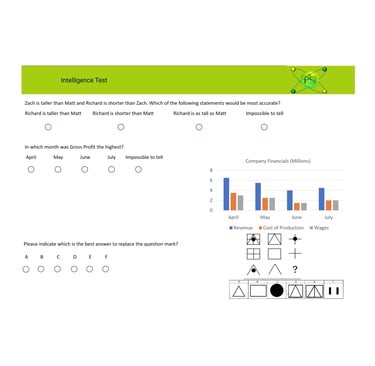
Select the 'Mini IQ Test' button to complete a short free IQ Test which measures verbal, numerical and abstract reasoning similar to the tests illustrated just above.
Participation is anonymous and no name or contact details are required.


Emotional Intelligence and Situational Judgment Tests are also included quite regularly as part of the psychometrics component in an assessment centre, and they are illustrated below.
Emotional Ability Assessments
Having studied and researched Emotional Intelligence for many years, assessments of EI or EQ can be described as falling into three categories:
Ability models and measures - Actually measure Ei as as set of abilities or intelligences. Example: MSCEIT
Mixed-Model - Tend to be self-report and consider EQ as more of a a trait than an ability. Example: Bar-On Eqi 2.0; Goleman and Boyatzis ESCI
Self-report of EI Ability - Consider emotional intelligence as a set of skills or abilities but measure these through self-report assessments as opposed to performance or task measures. Example: GENOS
The emotional ability assessment we have created is based on the original EI ability model developed by Mayer, Salovey & Caruso. However, we focus singularly on emotional recognition (ER) or social sensitivity, specifically facial recognition of emotion, as there is an emerging body of literature to suggest that this capability is best described as an intelligence-like ability, which is also linked to collective intelligence and being a good team player.
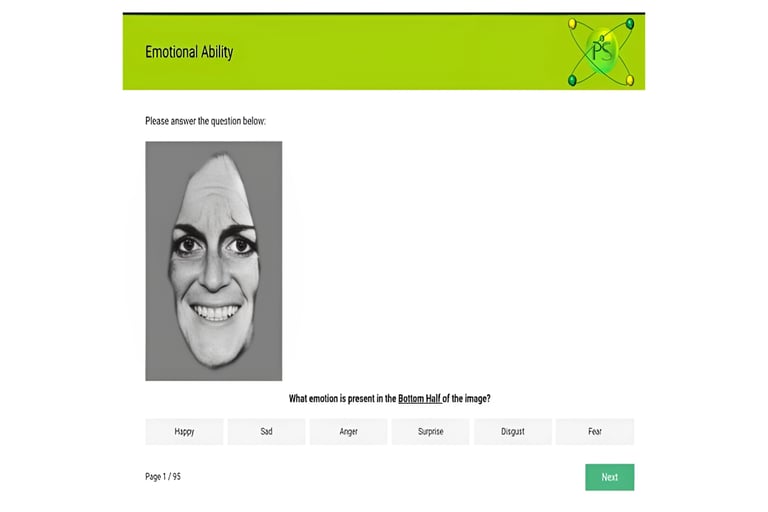

Our emotional ability test and items are based on the seminal methodology and stimulus materials developed by the pioneer in the field of facial expression of emotion – Dr Paul Ekman. These stimuli have been refined and calibrated using some of the most sophisticated biometrics and emotion recognition software in the world.
The test requires you to solve a series of emotional recognition problems presented in the form of photos and short videos displaying various emotional expressions and micro-expressions.
To do well on such tests, become familiar with some of the rules and logic that govern emotions and emotional expressions. Remember a great deal of emotion is communicated through facial expression. Happiness, sadness, fear, anger, surprise, disgust, contempt and interest / excitement all have distinctive facial cues and patterns of facial muscles, which can be used to recognise these emotions.
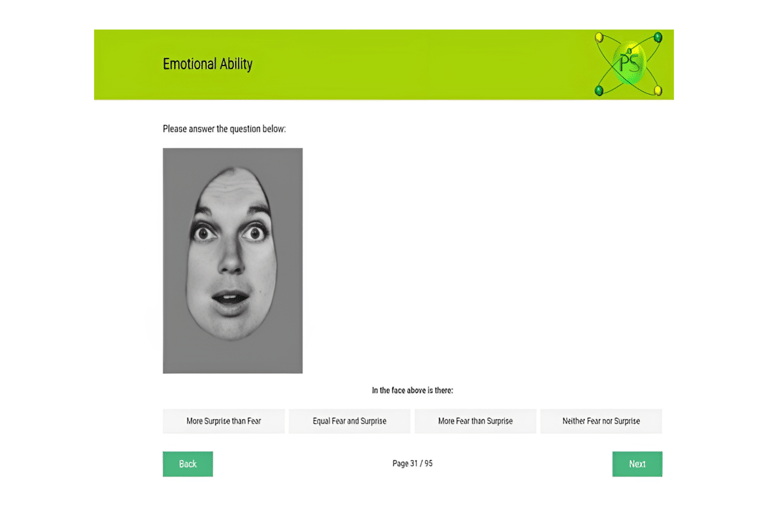

These assessments consist of a series of vignettes based on actual work samples, situations and scenarios where the candidate must select from a group of responses which have been generated by experts and scored foir their appropriateness. In this way the candidate's score is compared against an expert score on how best to deal with the situation, scenario or work task presented.
Situational Judgment Tests (SJTs)
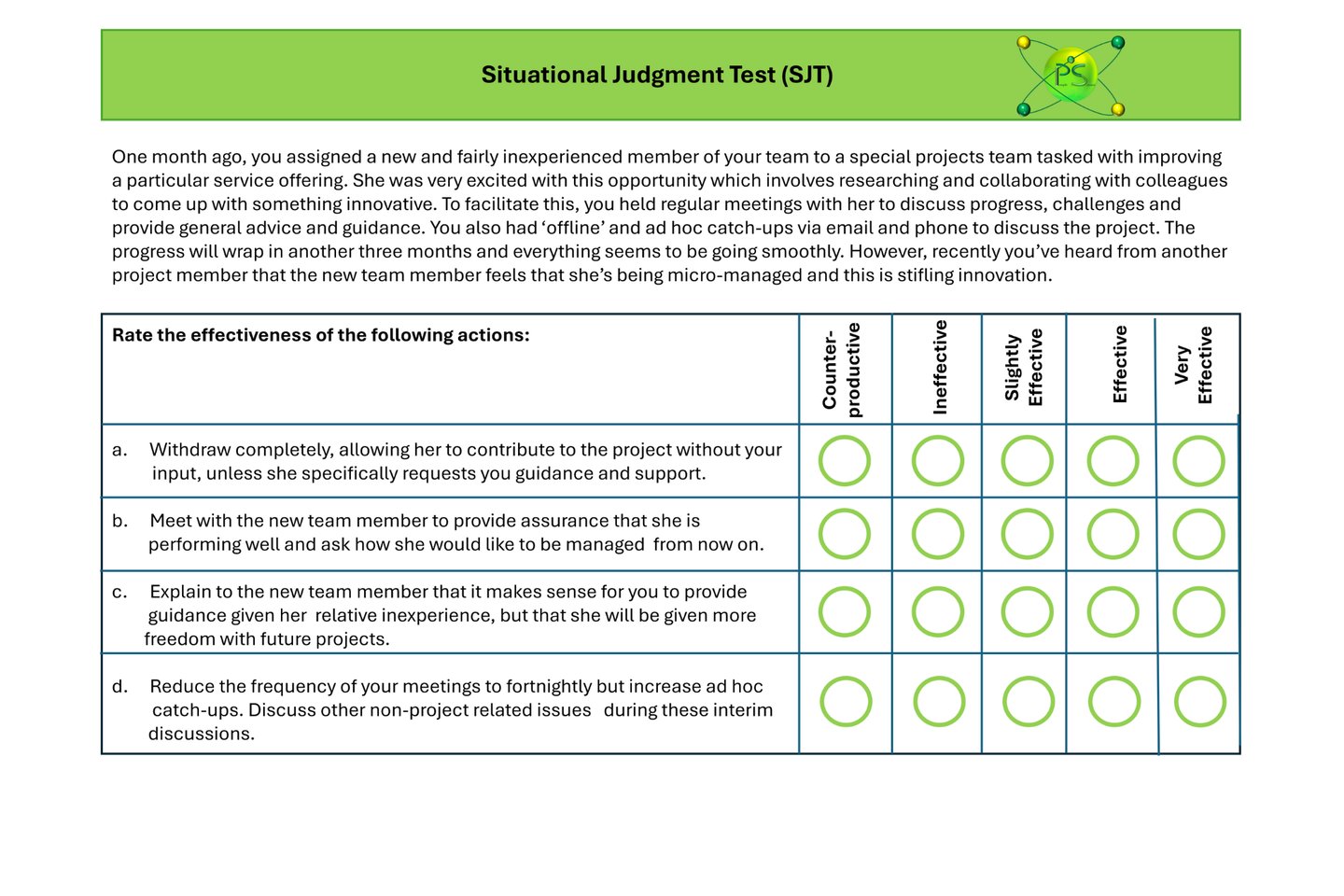

Increasingly AI and emotion recognition expert systems are being used to add an extra level of information analysis during roleplays. Indeed in our corporate work, People Science uses the world's most accurate facial emotional analysis AI to help gauge emotional reactions during redeployment and coaching interviews and roleplays, and always in combination with a human perspective and judgment. Facial analysis is not stored (only observations are made to the client). Analysis is only for emotional expressions and does not involve making predictions about personality or intelligence, or suitability based on smiling a lot etc. Simply put it adds an extra layer of information that can be interpreted in assessing a candidate's behaviour during a roleplay, behavioural interview, strategic or sales presentation etc. Please see the video below to see this software in action (target is yours truly). It's on Google cloud so a Google account may be required.
Emotional Analysis
Assessor Scoring
At the conclusion of the assessment centre, all of the assessors gather for what is sometimes known as a callibration meeting `where candidate performance is discussed in the context of the competencies - against what are called Behaviourally Anchored Rating Scales or BARS for short. Candidates are scored against how many competency behaviours they demonstrated and how well they did so.
Assessor Scoring
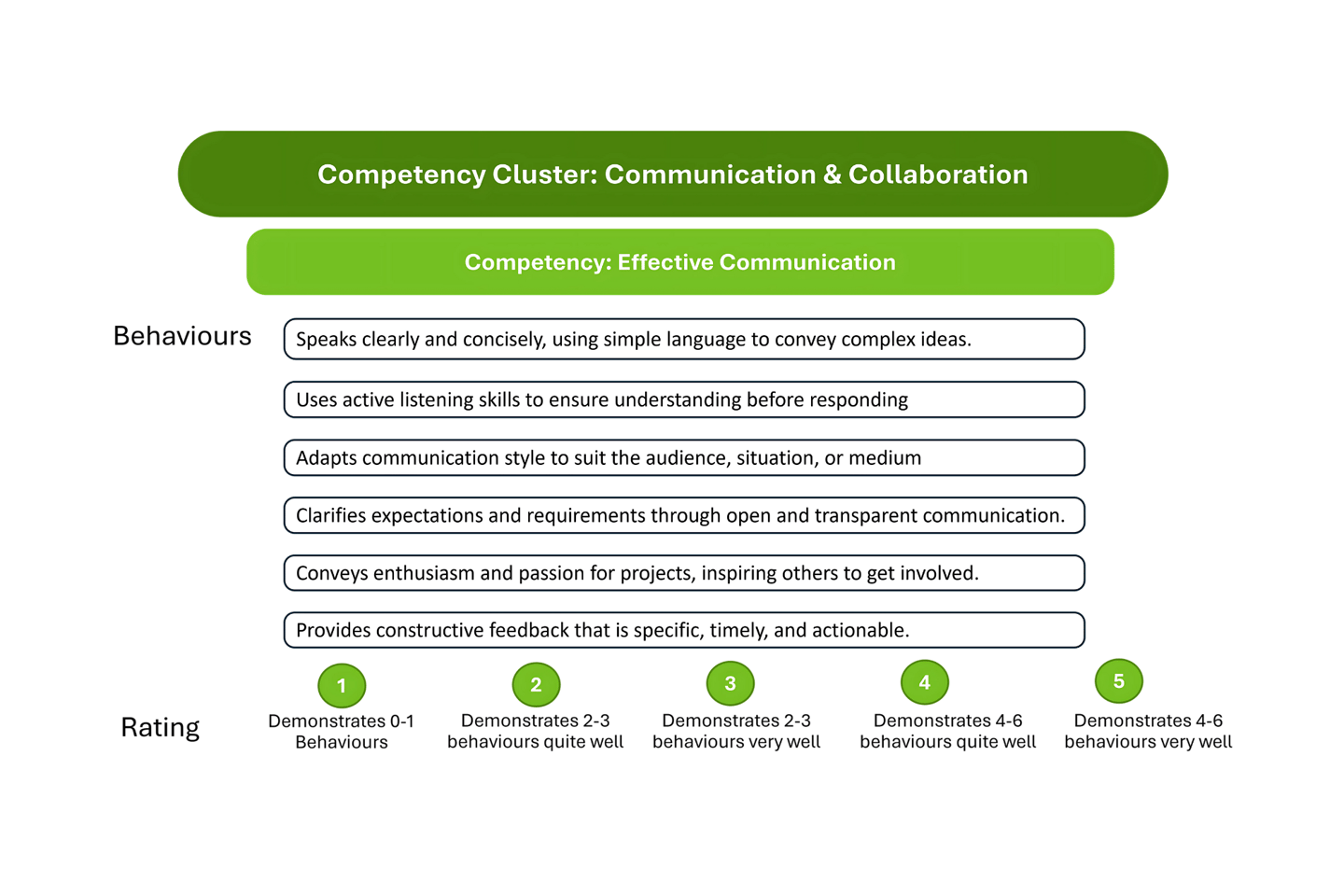

So the goal then is to hit as many behaviours for as many competencies as possible, in order to score as high as possible and thus rank sufficiently high in the order of merit to warrant the hiring decision makers taking a closer look at you.
Final scores are submitted and the lead assessor - who coordinates the calibration meeting and observes as many different candidates and activities as possible throughout the day - signs off on final evaluations for each candidate.
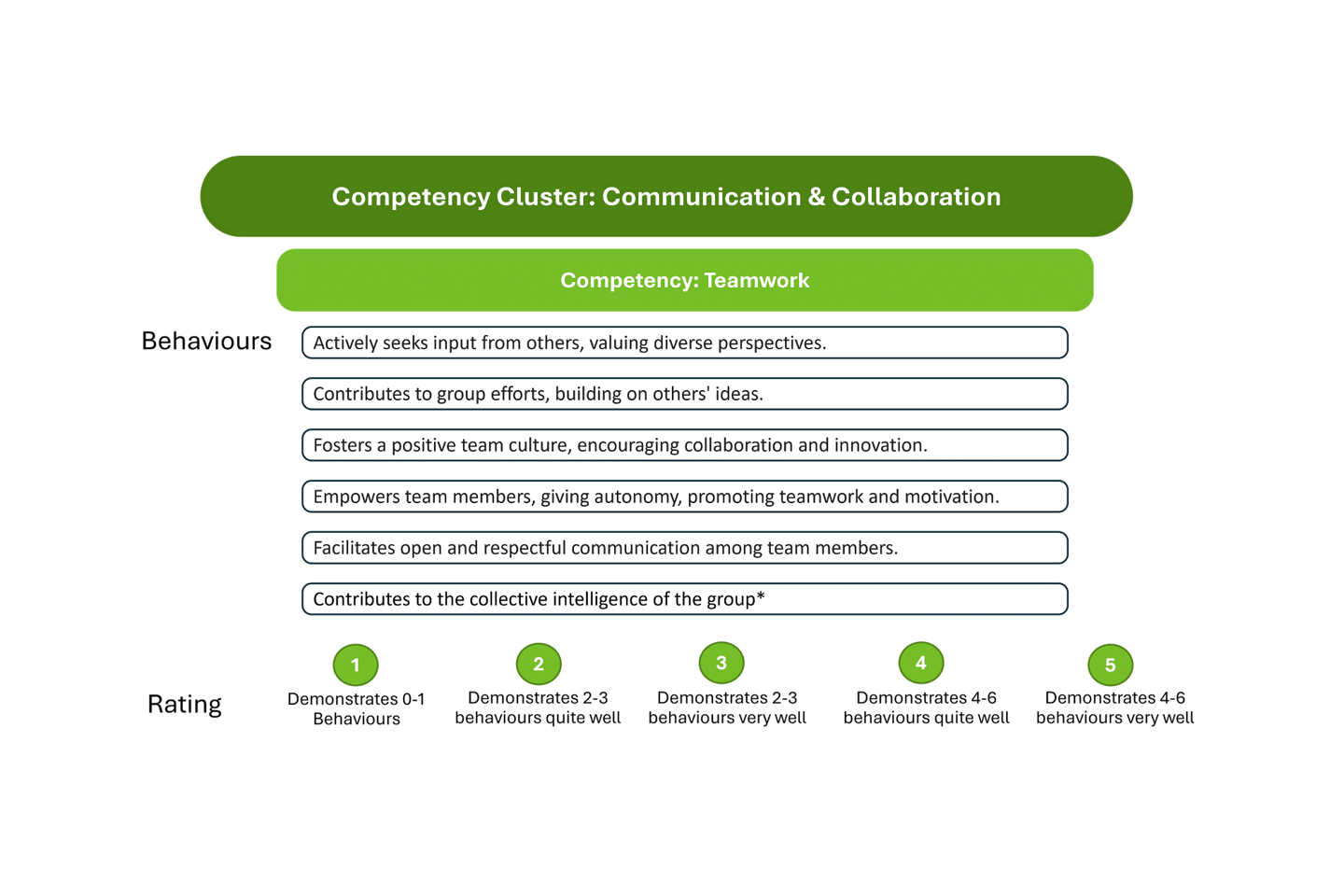

Conclusion
The day concludes with a short debrief on the activities (much longer if it is a development centre and participants are getting real-time feedback on results), and an outline of next steps. You are encouraged not to share any specifics on the activites in which you have participated so that future candidates enjoy a fair and equitable experience. And that's it. Well done - you've survived (and hopefully thrived), in the face of one of the more rigorous and demanding selection processes - outside of intelligence agencies, special forces and other high risk & security roles.
Final Word
If invited to an assessment centre - don't underestimate it!
Take the time to familiarise, and ideally acclimatise, to the range and intensity of the activities you need to navigate - and be prepared to navigate these in quick succession!
Practice and rehearse psychometric tests, interviews, roleplays and presentations to acclimatise to the type of activities you'll be challenged with on the day. Some candidates I've evaluated have taken half of the first activity, or even half of the morning, to fully get used to what's going on, so be prepared and desensitised to the novelty and pressure you're going to face.
Would love to hear feedback on the content here but also want this to be a resource for people participating in an assessment centre so please also leave a comment below if you've had a particularly challenging or interesting time at an assessment centre, or if you have any other advice for people on what to expect on the day. Interseting rambling tangent stories are also encouraged.

